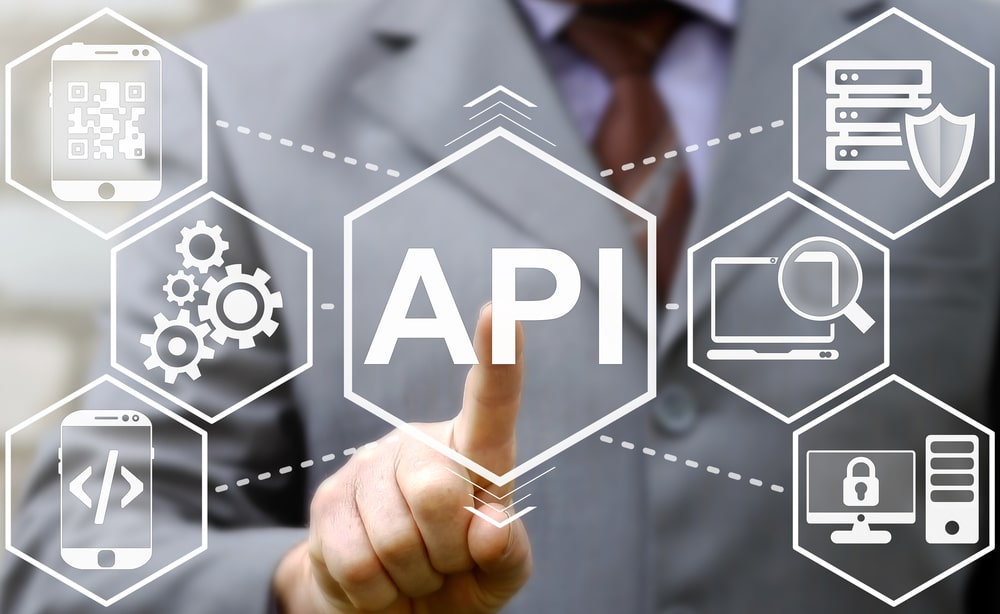If you need other kinds of repositories or different online repository services, it’s just a matter of adding the appropriate plugins and rebooting Jenkins. I tried, but couldn’t think of a source code management system that doesn’t already have a Jenkins plugin listed. GitOps has a lot to offer developers who want to automate their deployment processes using scripts that are stored as a single source of truth in a version control management system. Such control and reliability are compelling reasons to make the move. Using the repository as a single source of truth provides reliable change management and auditing capabilities. Version control and access security are also built into the service.

Furthermore, it does not limit the number of connected servers. Therefore, many teams can engage in continuous delivery without challenges. On the other hand, Continuous Deployment requires every change to what is continuous integration in jenkins be deployed automatically, without human intervention. Once Continuous Integration stages are completed, the newly built application is automatically deployed to production then it is Continuous Deployment.
Phase 1: Creating the configuration script
The trigger for this execution can be time or event-based say every 15 minutes or after every new commit.Let us consider a scenario for the same. Ben Lambert is a software engineer and was previously the lead author for DevOps and Microsoft Azure training content at Cloud Academy. His courses and learning paths covered Cloud Ecosystem technologies such as DC/OS, configuration management tools, and containers.
CI/CD Tools: A Beginner’s Guide – Techzone360
CI/CD Tools: A Beginner’s Guide.
Posted: Wed, 27 Sep 2023 07:00:00 GMT [source]
Pipeline jobs allow developers and operations to treat the pipeline as code and store it with your source code. They can easily add things like new notifications or build steps without needing to use the Jenkins user interface. Now, don’t get me wrong, user interfaces are great, but they can also become a bit of a bottle neck. So, pipelines are a pretty powerful and we’ve only scratched the surface.
Jira Product Discovery
CI/CD, or continuous integration and continuous delivery, is an essential part of the modern software development life cycle. Coupled with GitOps, CI/CD allows developers to release high-quality software almost as soon as they commit code to a repository such as GitHub. Setting up a Pipeline project means writing a script that will sequentially apply some steps of the process we want to accomplish. After running it, Jenkins generates feedback, if these constraints are good to go, the artifact is valid. And then the developers are notified about the build and test results. Jenkins will continue to check the source code repository for further changes made in the source code, and the whole process will keep repeating.
Now, I’m not going all 1960s hippie on you, Groovy is a language that runs on the Java virtual machine. That means that it’s a language used for a single purpose, unlike more general purpose programming languages like Java, Python, C-Sharp, etc. Because I’m using Git and it’s a public repo, I don’t need to set any credentials. However, for your repositories, which are probably private, you’ll need to set the credentials in the settings.
Jenkins Pipelines
At deployment time, the artifact has successfully passed the integration and delivery phases. Now it is time to automatically deploy or distribute the artifact. This will happen through scripts or tools that automatically move the artifact to public servers or to another mechanism of distribution, like an app store.
These processes are predefined and can be triggered by different processes, including time intervals and user actions. Tools such as Jenkins can be used for continuous integration. Continuous Integration is the most important part of DevOps that is used to integrate various DevOps stages. Jenkins is the most famous Continuous Integration tool, I know you are curious to know the reason behind the popularity of Jenkins, and if Jenkins is easy to learn.
Organizational Culture Shifts
They can write and test together plus, the system never suffers the pressure of combination. There are many Continuous Integration servers available such as Bamboo, CruiseControl, TeamCity, and Jenkins. Managing plugins to increase Jenkins’ capabilities requires investigating the vast ecosystem of plugins, installing, and maintaining plugins. Jenkins was originally created as Hudson, but in 2011 a disagreement over project governance caused it to split. Jenkins soon became the de facto standard for CI/CD systems thanks to its vibrant community, sizable plugin library, and strong capabilities.

The challenges of continuous integration are primarily around team adoption and initial technical installation. If a team doesn’t currently have a CI solution in place, it can require some effort to pick one and get started. Thus, considerations need to be made around the existing engineering infrastructure when installing a CI pipeline. When it comes to a microservices architecture, Jenkins becomes necessary. So when you incorporate Jenkins into your suite of development tools, you will find it easier to develop applications that leverage the microservices architecture. Since its inception, continuous integration has seen significant changes.
Featured free learning paths
Second, declaring the build process in a Jenkinsfile makes it easier to automate deployment. You don’t have to fiddle with a UI to get your programs out; you can just write the code and let the https://www.globalcloudteam.com/ Jenkins Pipeline do the rest. Currently, Jenkins is one of the best CI/CD tools and is essential for DevOps and agile teams. For more DevOps topics, check out our list of the best DevOps tools.
- This transparency and communication utility integrates gracefully with an agile project development workflow.
- It is the most important part of DevOps that is used to integrate various DevOps stages.
- In a GitOps-driven deployment process, all activities emanate from the version-controlled code repository.
- Whenever a developer successfully writes a code snippet, they add it to the source code.
- Jenkins pipelines involve the use of nodes that are machines capable of executing a pipeline.
- If you’re new to continuous integration, this Course is a great place to start.
- Bitbucket pipelines is a great utility to bring a project up to speed with modern CI features.
Each team member submits work (called a commit), and a build is done for each major change. There are several advantages to using continuous integration, such as ongoing feedback on the software’s progress. Repeating the same steps in multiple pipelines can lead to increased maintenance effort, potential inconsistencies, and errors. To avoid these issues, consider using shared libraries, which allow you to centralize common pipeline steps and reuse them across multiple projects. This ensures consistency and reduces the risk of errors due to duplicate code.
Difference between Jenkins vs Gitlab CI
Putting the SSOT in a version control repository is emblematic of the GitOps way of doing things, so let’s talk about that next. Automated testing for Jenkins presets test execution and stores the results. Creating automated tests for distinct environments, such as several Java versions or operating systems, helps foresee and prevent problems in later releases. CI is a standard fixture of modern high efficiency software development organizations. The best companies have robust CI pipelines and don’t think twice about further efficiency investments. The benefits of CI are not limited to the engineering team and applicable to the whole organization.





